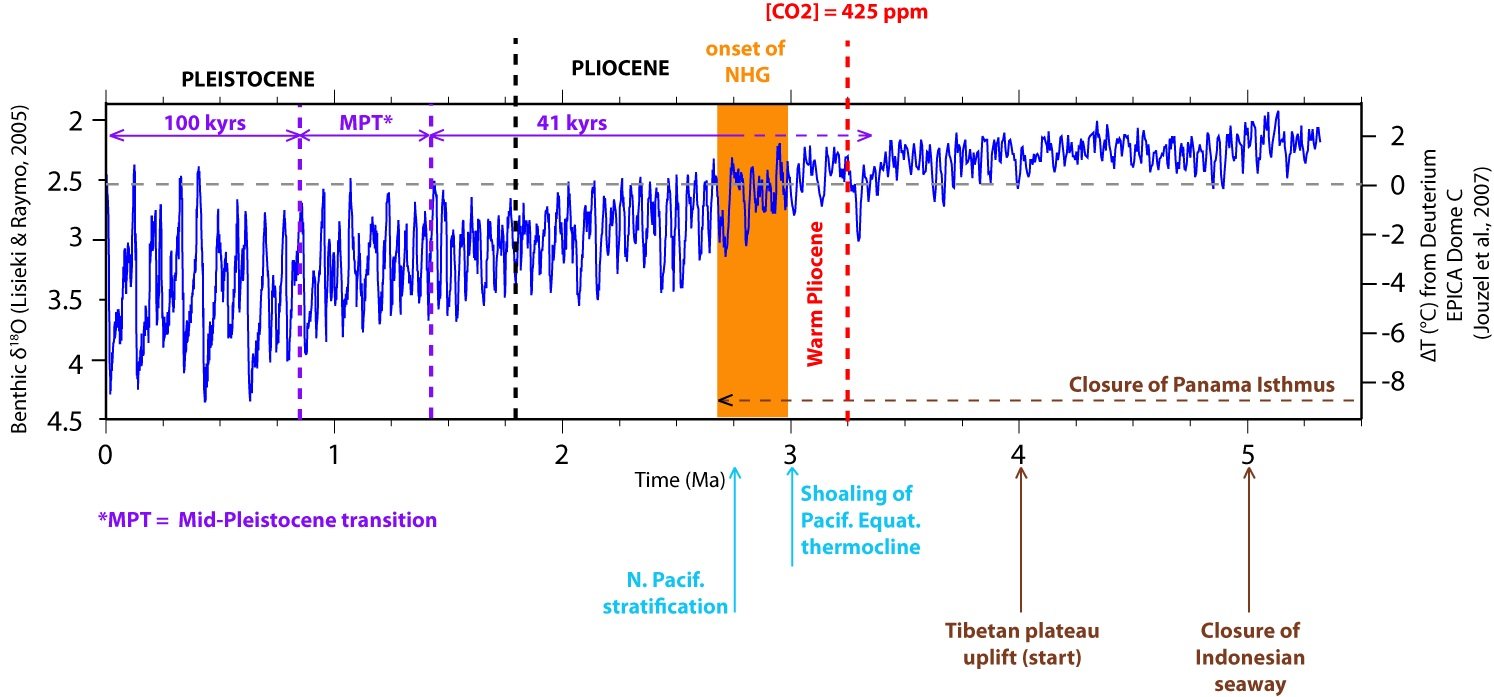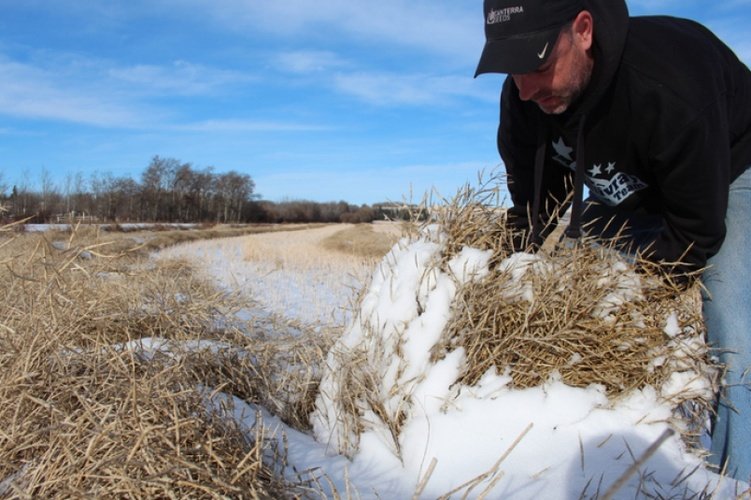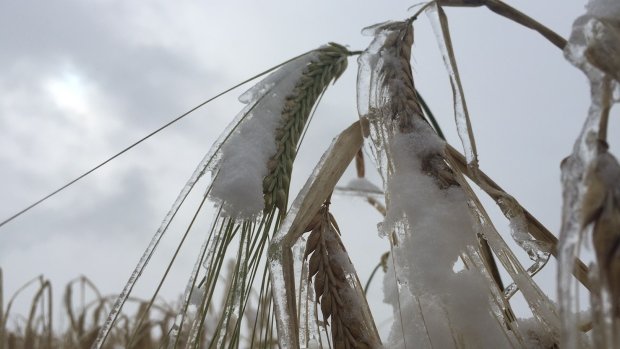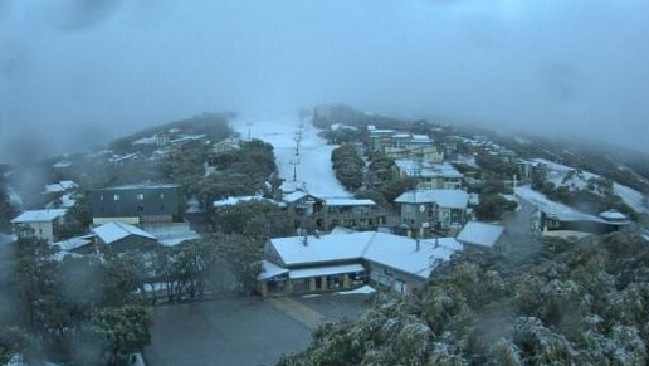From CARDIFF UNIVERSITY
Why does our planet experience an ice age every 100,000 years?Deep storage of carbon dioxide in the oceans may have triggered this unexplained phenomena, new research shows.

© Lisieki and RaymoLR04 δ18O from Lisieki and Raymo (2005) correlated to the temperature anomaly inferred from the deuterium concentration in ice cores from EPICA Dome C, Antarctica (Jouzel et al., 2007). The main orbital (purple), tectonic (brown) and oceanic (blue) events are indicated (see the text for the references of each event). The orange box represents the start of the onset of the Northern Hemisphere glaciations. 100 kyrs and 40 kyrs correspond to the orbitally-driven glacial/interglacial cycles period. This period changed from 41 kyrs to 100 kyrs during the Mid-Pleistocene Transition toward 1 Ma (MPT). click to enlarge
Experts from Cardiff University have offered up an explanation as to why our planet began to move in and out of ice ages every 100,000 years.
This mysterious phenomena, dubbed the '100,000 year problem', has been occurring for the past million years or so and leads to vast ice sheets covering North America, Europe and Asia. Up until now, scientists have been unable to explain why this happens.
Our planet's ice ages used to occur at intervals of every 40,000 years, which made sense to scientists as the Earth's seasons vary in a predictable way, with colder summers occurring at these intervals.
However there was a point, about a million years ago, called the 'Mid-Pleistocene Transition', in which the ice age intervals changed from every 40,000 years to every 100,000 years.
New research published today in the journal Geology has suggested the oceans may be responsible for this change, specifically in the way that they suck carbon dioxide (CO2) out of the atmosphere.




Comment: